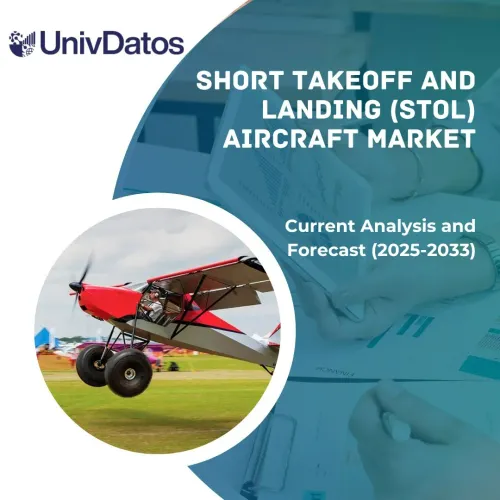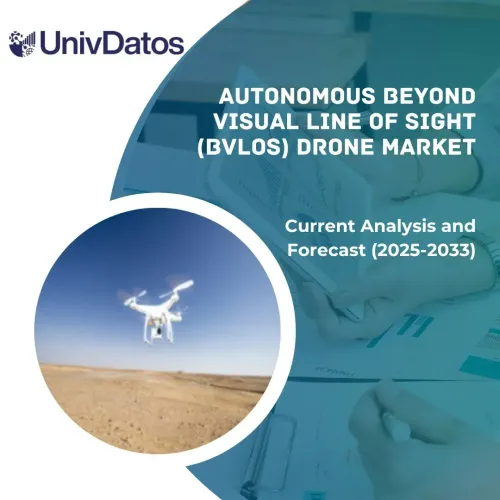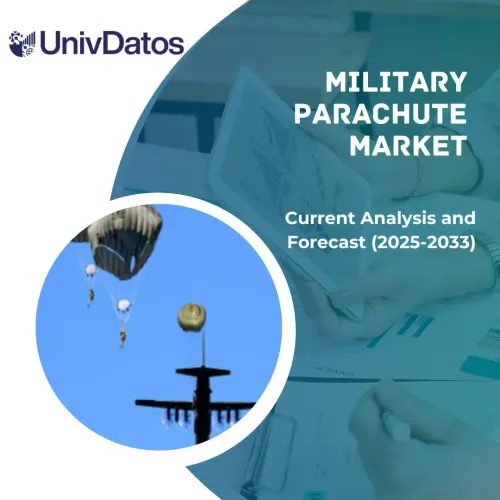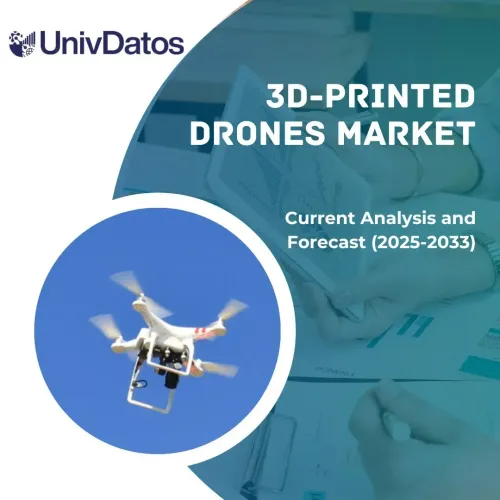- Home
- About Us
- Industry
- Services
- Reading
- Contact Us
Anti-Drone Market: Current Analysis and Forecast (2025-2033)
Emphasis on Technology (Electronic Systems, Kinetic Systems, and Others); Application (Detection, and Detection and Disruption); End-User (Military and Defense, Commercial, and Government and Law Enforcement Agencies); Platform (Ground, Handheld, and UAV Based); and Region/Country
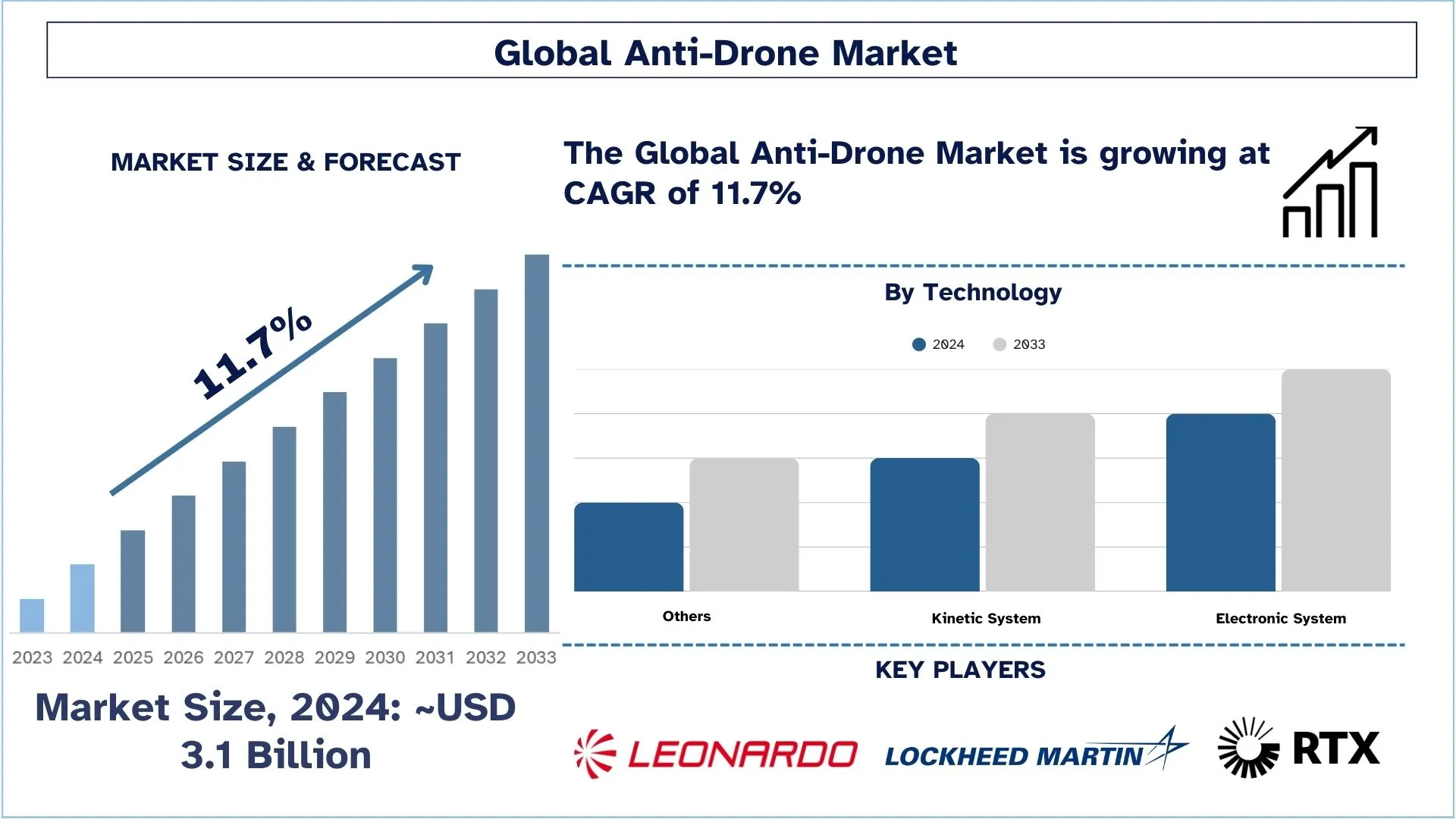
Anti-Drone Market Size & Forecast
The Anti-Drone Market was valued at approximately USD 3.1 billion in 2024 and is expected to grow at a substantial CAGR of around 11.7% during the forecast period (2025-2033), owing to the Rising threat of drone incursions near military bases, airports, and public venues.
Anti-Drone Market Analysis
Anti-Drone is a metamorphic rock that forms limestone when subjected to heat and pressure. It has a translucent feature and allows light to enter and gives out a soft glow. Anti-Drone can also take a very high polish. Thus, it is also used in making sculptures and in the construction of monuments. Moreover, in comparison to other natural stones, Anti-Drones have higher durability. Factors such as the rising use of Anti-Drone for making sculptures and in the construction of monuments. Companies operating in the global Anti-Drone market are indulging in collaborative agreements such as mergers and acquisitions, product launches, and similar strategies to obtain the top position in the market competition. For instance, in February 2022, Cupa Group, through Burton Roofing, announced the acquisition of 100% Discount Roofing, a firm that specializes in the distribution of roofing products. Via this deal, the company strengthened its presence in the British market and maintained its leadership position in the slate industry.
Anti-Drone Market Trends
This section discusses the key market trends influencing the various segments of the Anti-Drone market as identified by our research experts.
Integration of AI and machine learning into drone detection and mitigation systems
An important factor that defines the current situation in the global anti-drone market is the liberal use of AI and machine learning technologies in the manufacturing of anti-drone equipment. These technologies improve the capacity of distinguishing between the friendly, commercial, and adversary UAVs based on the manner of flying, signals emanating from them, and observational data that is processed in real-time. The threats from low orbits are increasing, meaning that AI can also contribute to quicker decision making and automation of responses, as well as lower levels of false alarms. This tendency can be seen especially in security procedures of borders, smart communities, and the narrow confines of warfare, where identifying at least one enemy’s presence and responding quickly is vital.
Anti-Drone Industry Segmentation
This section provides an analysis of the key trends in each segment of the global anti-drone report, along with forecasts at the global, regional, and country levels for 2025-2033.
The Electronic Systems Segment Holds the Largest Share of the Market.
Based on technology, the market is segmented into electronic systems, kinetic systems, and others. Among these categories, the electronic system dominates the market with the largest share. The electronic system utilizes various technologies such as radar, radio frequency, and infrared to detect drones based on their radar signature. Additionally, these systems employ technologies like RF and GNSS jamming to disrupt the radio frequency connection between the drone and its operator, or to interfere with the drone’s satellite link, thereby prohibiting unidentified aircraft from operating in the area. The electronic systems’ popularity stems from their ease of installation and use, greatly contributing to their widespread growth.
The Detection Segment is Expected to Witness a Higher CAGR than the Anti-Drone Market.
Based on application, the anti-drone market is bifurcated into detection and detection and disruption. The detection and disruption anti-drone system dominated the market in terms of market share. The primary reason behind the domination is their comprehensive approach to countering drone threats. Unlike detection-only systems, which solely identify the presence of drones, detection and disruption systems are equipped with the ability to actively mitigate the threat. These systems offer a multi-layered defense mechanism that ensures the effective neutralization of unauthorized drones, and factors like these have played a pivotal role in the ever-increasing popularity of detection and disruption of anti-drone systems.
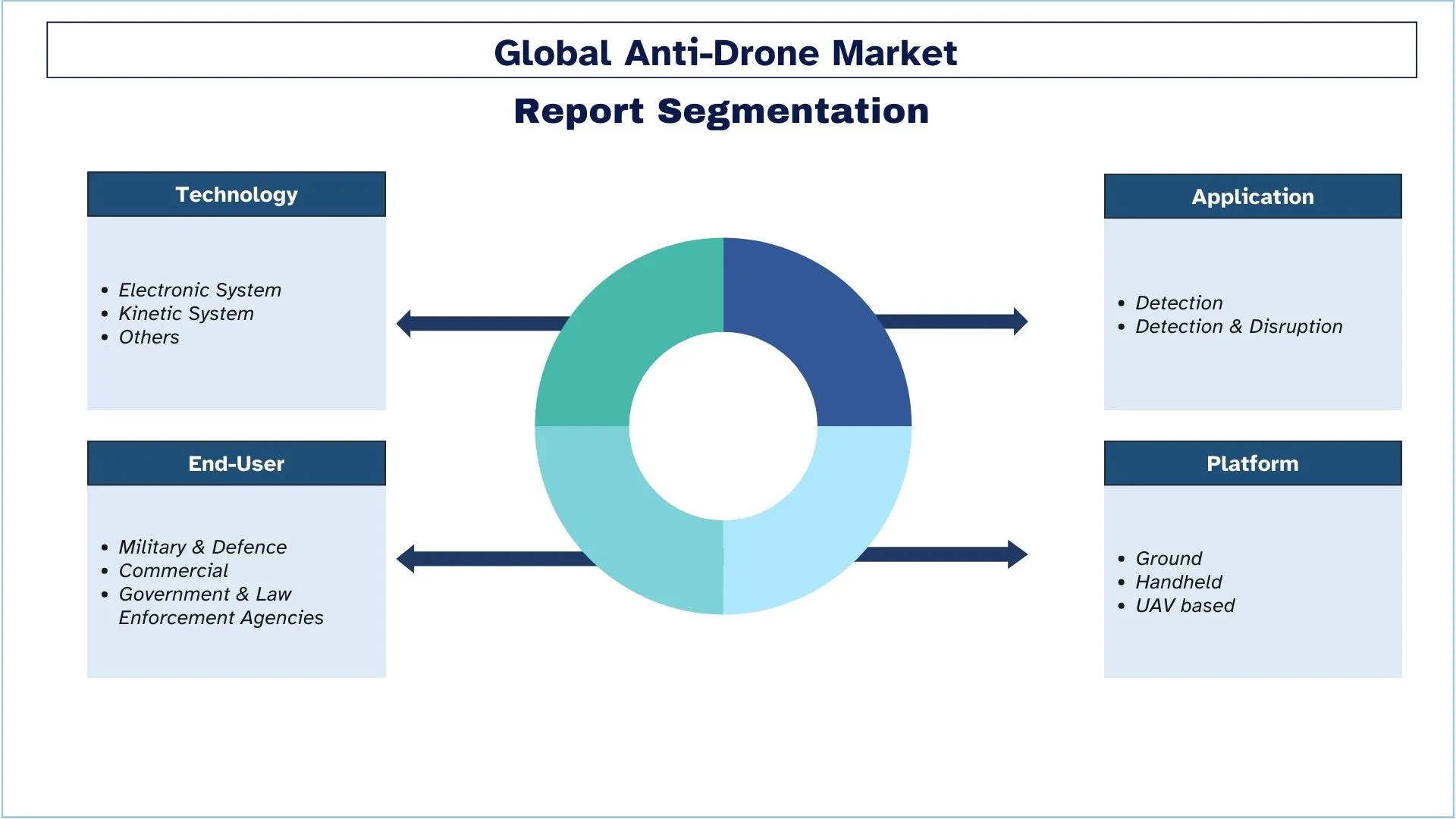
North America has a significant share of the market in 2024.
North America holds a significant portion of the anti-drone market and is projected to experience substantial growth in the predicted timeframe. Security is given great importance in various sectors within North America, including infrastructure, defense, public safety, and large-scale events. This heightened focus on security is a direct response to the changing threat landscape, where drones can be exploited for illegal activities, such as smuggling, terrorism, and invasion of privacy. The increasing recognition of these risks has driven the demand for anti-drone systems that can safeguard critical infrastructure and mitigate potential threats. Moreover, the defense and military sectors in North America have acknowledged the significance of countering drone threats. The utilization of drones in unconventional warfare tactics during conflicts has necessitated the development of robust anti-drone technologies. Defense agencies are actively searching for solutions that can detect, track, and neutralize hostile unmanned aerial vehicles (UAVs) to safeguard their assets, troops, and borders. For instance, in April 2022, American company Amentum was awarded a USD 260 million contract to demonstrate and evaluate C-UAS technologies and systems for the Department of Homeland Security (DHS). This includes R&D and testing capabilities in the areas of C-UAS-related cyber vulnerabilities, radio frequency spectrum measurements, and integration and deployment of prototype C-UAS systems across various mission areas. Around USD 240 million is expected to be spent on this program over the period 2023-2028.
U.S. Dominates the North American Anti-Drone Market
The market for anti-drone across the United States is undergoing steady growth about the rise in threats posed by unauthorized UAVs within sensitive areas of operation, facilities, and public gatherings. Counter-drone technology is well developed in the country and is reportedly fostered by government departments like the DoD and DHS. The gap in information regarding radio frequency jamming and the deployment of advanced technologies such as AI-based detection and directed energy has been filled largely by US companies. Large-scale cooperation with the private sector, as well as the dependability of airspace security, contributes to the constant changes and rigid market in the United States.
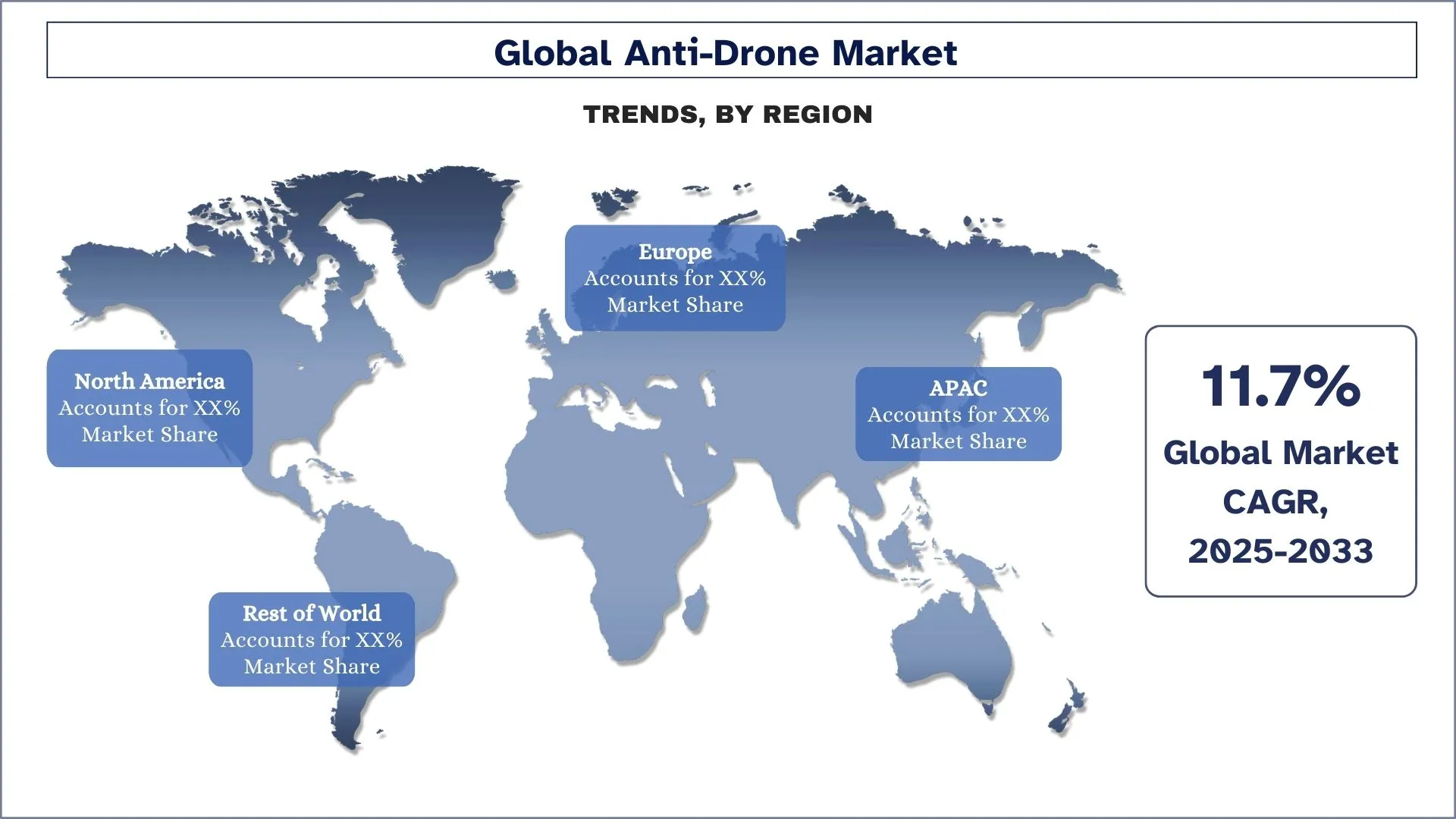
Anti-Drone Industry Competitive Landscape
The anti-drone market is competitive, with several global and international players. The key players are adopting different growth strategies to enhance their market presence, such as partnerships, agreements, collaborations, new product launches, geographical expansions, and mergers and acquisitions.
Top Anti-Drone Companies
Some of the major players operating in the market are RTX; Lockheed Martin Corporation; Leonardo S.p.A.; Thales; IAI; Rafael Advanced Defense Systems Ltd; Blighter Surveillance Systems Limited; DroneShield Ltd; Dedrone; and DETECT, INC.
Recent Developments in the ANTI-DRONE Market
In October 2022, Israel’s Smart Shooter won a contract from the U.S. Army for Smash 2000 L counter-drone optics for rifles and small arms as a part of its C-UAS program.
In September 2022, the Indian Government’s border security forces decided to deploy laser-equipped counter-drone technology in Punjab along the international border with Pakistan.
In September 2021, the Indian Navy signed a contract with Bharat Electronics Limited (BEL) for the supply of an indigenous comprehensive naval counter-drone system with both hard kill and soft kill capabilities.
Anti-Drone Market Report Coverage
Report Attribute | Details |
Base year | 2024 |
Forecast period | 2025-2033 |
Growth momentum | Accelerate at a CAGR of 11.7% |
Market size 2024 | USD 3.1 Billion |
Regional analysis | APAC, Europe, Asia-Pacific, Rest of the World |
Major contributing region | North America is expected to grow at the highest CAGR during the forecasted period. |
Key countries covered | U.S., Canada, Germany, France, UK, Spain, Italy, China, Japan, and India |
RTX; Lockheed Martin Corporation; Leonardo S.p.A.; Thales; IAI; Rafael Advanced Defense Systems Ltd; Blighter Surveillance Systems Limited; DroneShield Ltd; Dedrone; and DETECT, INC. | |
Report Scope | Market Trends, Drivers, and Restraints; Revenue Estimation and Forecast; Segmentation Analysis; Demand and Supply Side Analysis; Competitive Landscape; Company Profiling |
Segments Covered | By Technology; By Application; By End-User; By Platform, By Region/Country |
Reasons to Buy the Anti-Drone Market Report:
The study includes market sizing and forecasting analysis validated by authenticated key industry experts.
The report presents a quick review of overall industry performance at a glance.
The report covers an in-depth analysis of prominent industry peers with a primary focus on key business financials, product portfolios, expansion strategies, and recent developments.
Detailed examination of drivers, restraints, key trends, and opportunities prevailing in the industry.
The study comprehensively covers the market across different segments.
Deep dive regional-level analysis of the industry.
Customization Options:
The global anti-drone market can be customized further as per the requirements or any other market segment. Besides this, UnivDatos understands that you may have your own business needs; hence, feel free to contact us to get a report that completely suits your requirements.
Table of Content
Research Methodology for Anti-Drone Market Analysis (2023-2033)
We analyzed the historical market, estimated the current market, and forecasted the future market of the global Anti-Drone market to assess its application in major regions worldwide. We conducted exhaustive secondary research to gather historical market data and estimate the current market size. To validate these insights, we carefully reviewed numerous findings and assumptions. Additionally, we conducted in-depth primary interviews with industry experts across the Anti-Drone value chain. After validating market figures through these interviews, we used top-down and bottom-up approaches to forecast the overall market size. We then employed market breakdown and data triangulation methods to estimate and analyze the market size of industry segments and sub-segments.
Market Engineering
We employed data triangulation techniques to finalize the overall market estimation and derive precise statistical numbers for each segment and sub-segment of the global Anti-Drone market. We split the data into several segments and sub-segments by analyzing various parameters and trends, including technology, application, end-user, platform, and regions within the global Anti-Drone market.
The main objective of the Global Anti-Drone Market Study
The study identifies current and future trends in the global Anti-Drone market, providing strategic insights for investors. It highlights regional market attractiveness, enabling industry participants to tap into untapped markets and gain a first-mover advantage. Other quantitative goals of the studies include:
Market Size Analysis: Assess the current and forecast market size of the global Anti-Drone market and its segments in terms of value (USD).
ANTI-DRONE Market Segmentation: The study segments the market by technology, application, end-user, platform, and region.
Regulatory Framework & Value Chain Analysis: Examine the regulatory framework, value chain, customer behavior, and competitive landscape of the Anti-Drone industry.
Regional Analysis: Conduct a detailed regional analysis for key areas such as Asia Pacific, Europe, North America, and the Rest of the World.
Company Profiles & Growth Strategies: Company profiles of the Anti-Drone market and the growth strategies adopted by the market leaders to sustain the fast-growing market.
Frequently Asked Questions FAQs
Q1: What is the Anti-Drone market's current size and growth potential?
As of 2024, the global anti-drone market is valued at approximately USD 3.1 billion and is projected to grow at a CAGR of 11.7% through 2033. This growth is fueled by rising drone-related threats and increased investments in counter-drone technologies across defense, commercial, and critical infrastructure sectors.
Q2: What are the driving factors for the growth of the Anti-Drone market?
Key growth drivers include the increasing frequency of unauthorized drone activity near airports, military installations, and public venues, along with heightened concerns around espionage, smuggling, and terrorist threats. Governments and private sectors alike are seeking advanced detection and mitigation technologies to secure airspace.
Q3: Which market has the largest share of the Anti-Drone market by technology?
The Electronic System Segment dominates the global anti-drone market, driven by high demand for radar, RF jamming, and electro-optical systems that offer effective detection, identification, and neutralization of rogue UAVs.
Q4: What are the major trends in the Anti-Drone market?
A major trend is the adoption of multi-sensor fusion systems, which combine radar, radio frequency (RF), electro-optical/infrared (EO/IR), and acoustic sensors. These systems offer improved accuracy and adaptability in detecting and mitigating complex drone threats in real time.
Q5: Which region will dominate the Anti-Drone market?
The North America region currently dominates the global anti-drone market.
Q6: What are the biggest challenges in the Anti-Drone market?
The biggest hurdles include fragmented regulations, lack of global standardization, and challenges in scaling solutions for commercial use. Ensuring compliance across multiple jurisdictions remains complex for businesses operating internationally.
Q7: Who are the Top players in the global anti-drone market?
The leading companies driving innovation in anti-drone include:
• RTX
• Lockheed Martin Corporation
• Leonardo S.p.A.
• Thales
• IAI
• Rafael Advanced Defense Systems Ltd
• Blighter Surveillance Systems Limited
• DroneShield Ltd
• Dedrone
• DETECT, INC.
Q8: What are the key investment opportunities in the global Anti-Drone market?
Investment potential lies in AI-powered detection systems, portable and mobile counter-drone platforms, and integrated defense solutions. Opportunities are also expanding in commercial sectors like airport security, energy infrastructure, and event safety, as demand for advanced threat mitigation technologies grows.
Q9: How can companies ensure compliance while deploying anti-drone technologies across international markets?
Businesses should actively monitor UAV-related regulations, including electromagnetic spectrum laws and airspace restrictions. Compliance can be strengthened by aligning with international standards (e.g., FAA, NATO STANAG), engaging legal advisors, and collaborating with regional regulators to facilitate smoother deployment across borders.
Related Reports
Customers who bought this item also bought



